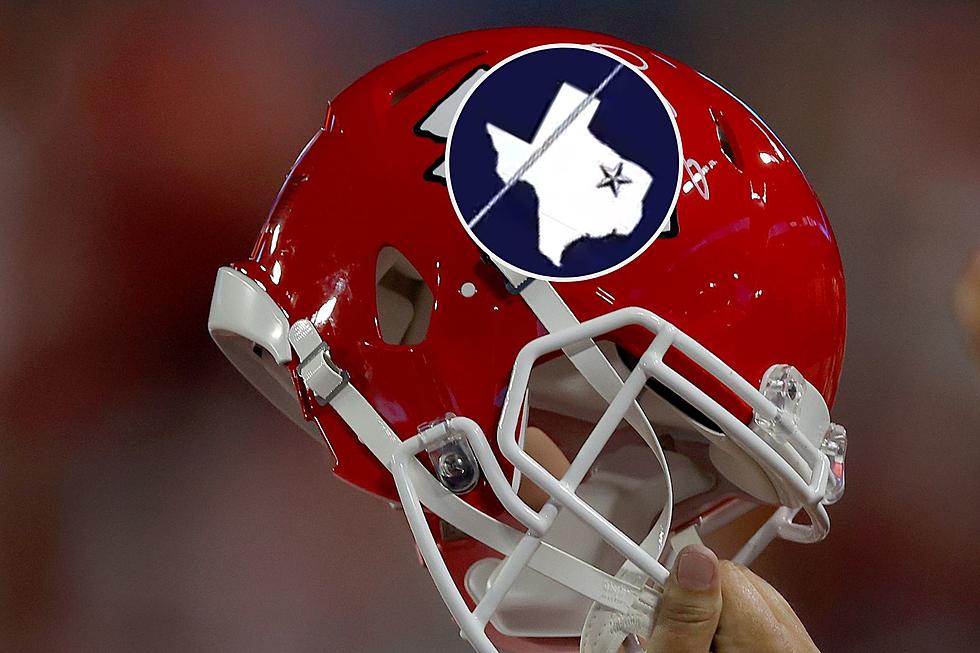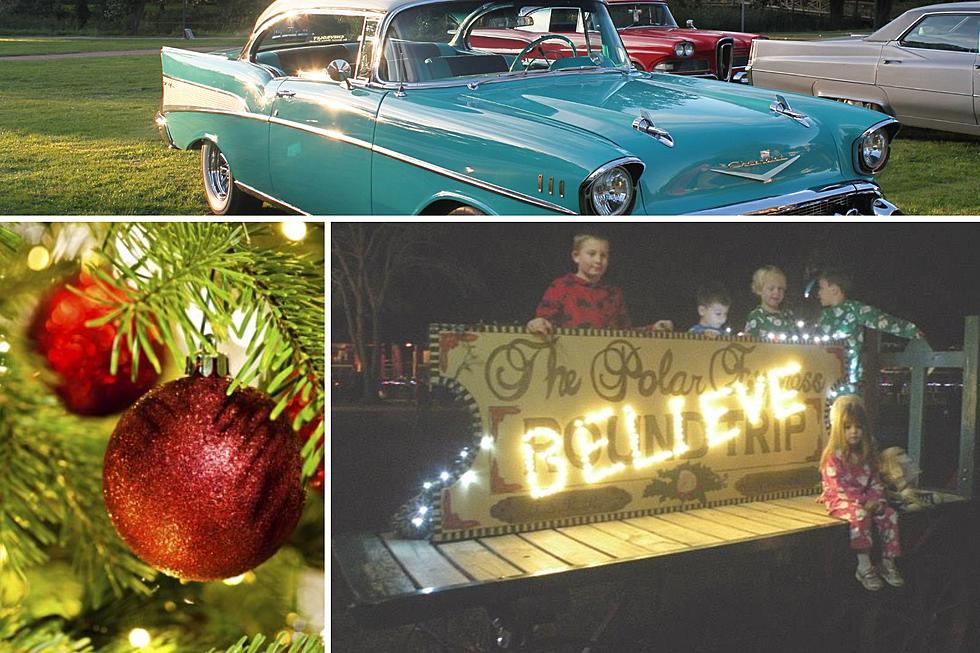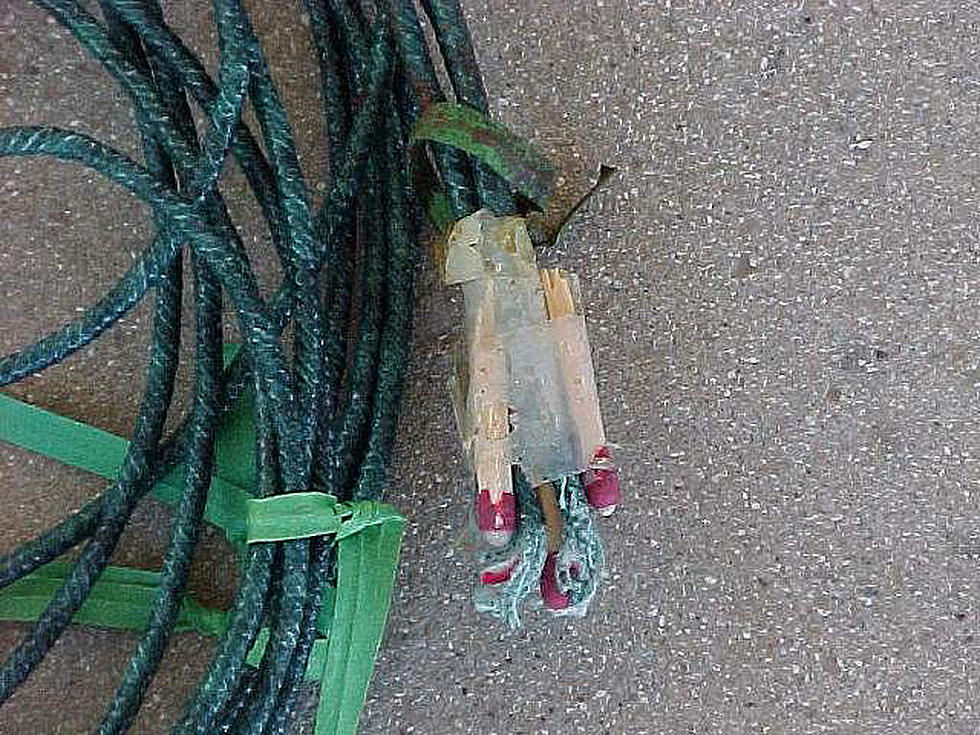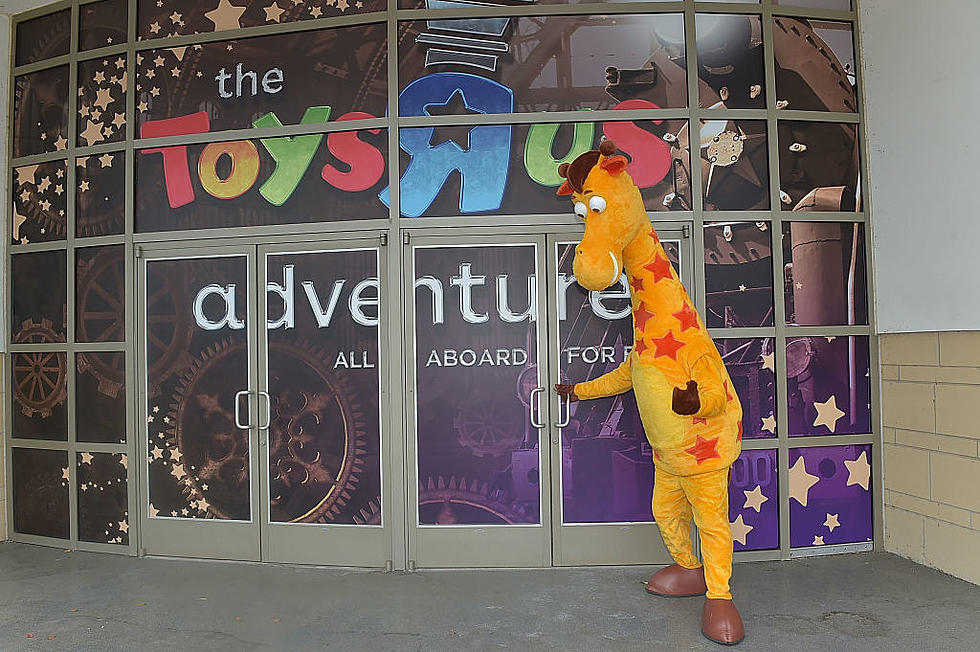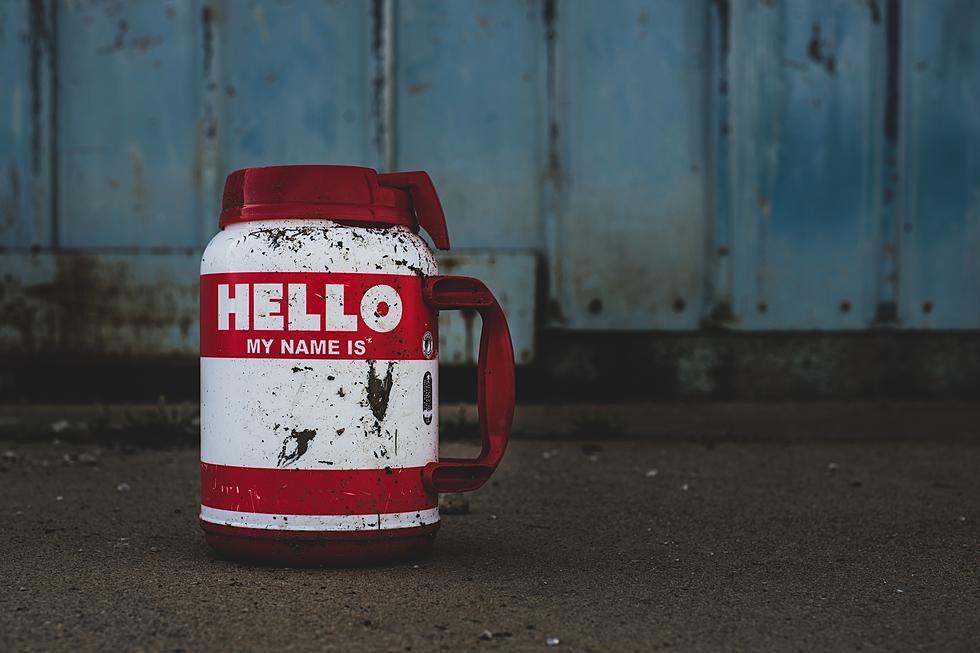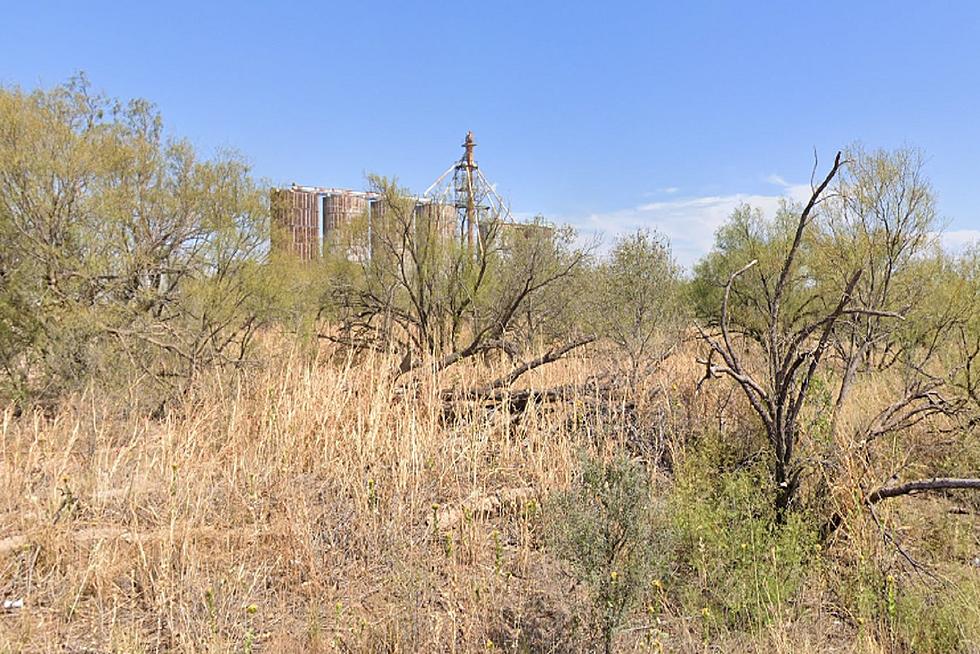
From The Biggest Little City In Texas To Ghost Town; Kirkland’s Tragedy
Kirkland, Texas was at one point the most happening place in the Texas panhandle. In fact, it was hailed as the "Biggest Little City In Texas" during its heyday. The crazy thing is, if you go looking for Kirkland today you probably won't find what's left of it. That is unless you know where to look. How did this booming town dwindle into little more than nothing?

Kirkland, Texas: The Biggest Little City In Texas
The town got its start in the 1880s, and it didn't take long for it to build up. Thanks to it being situated on a stage line, the town had a way to support an inn, general store, and it even had two saloons. You know things have to be good if you need two saloons.
Eventually, the railroad came through the area and Kirkland moved to its present location. Once there, Kirkland was on the fast track to becoming a booming little town.
The Panic Of 1893 And The Birth Of An Empire In Kirkland, Texas
The Panic of 1893 was a financial crisis that wrecked a lot of the country. Kirkland, Texas wasn't excluded from this. The Panic hit the little town, just like it did everywhere else. Kirkland, however, was able to survive The Panic and even thrived afterward.
By 1900, just seven years later, legend has it that Kirkland was back to being a booming little town in Childress County. The town experienced a lot of growth. Soon, a mercantile store would be opened. According to the lore, that mercantile became something huge. Prepare your mind. It's about to be blown.
That store was supposedly the birth of what would become the iconic Furr's Groceries and Cafeterias.
The Downfall Of Kirkland, Texas; The Biggest Little City In Texas
In the 1920s, Kirkland was thriving. Around 500 people were calling it home before WWII. The town had a three-room schoolhouse, three groceries, five filling stations, three hardware stores, three churches, two barbershops, and a bank. Kirkland was the place to be.
After WWII, a slow decline in the population happened and by 1951 the school district consolidated with Childress. Supposedly it was modern advances in agriculture and transportation that aided in the slow decline.
By the 1980s, the population was around 100. Many of the businesses were closed. Supposedly, there was only one business left in operation by that time. The town has now reached "ghost town" status. Depending on who you ask, the population today is somewhere between 44 and 100 people.
Check Out These 27 'Then & Now' Photos Of A Toxic Ghost Town
Gallery Credit: Charlie Hardin
Look at How Amarillo's Old Route 66 Motels Looked Then & Now
Gallery Credit: Sarah Clark
25 Landmarks of Amarillo and the Texas Panhandle
Gallery Credit: Lori Crofford
More From Mix 93.1



